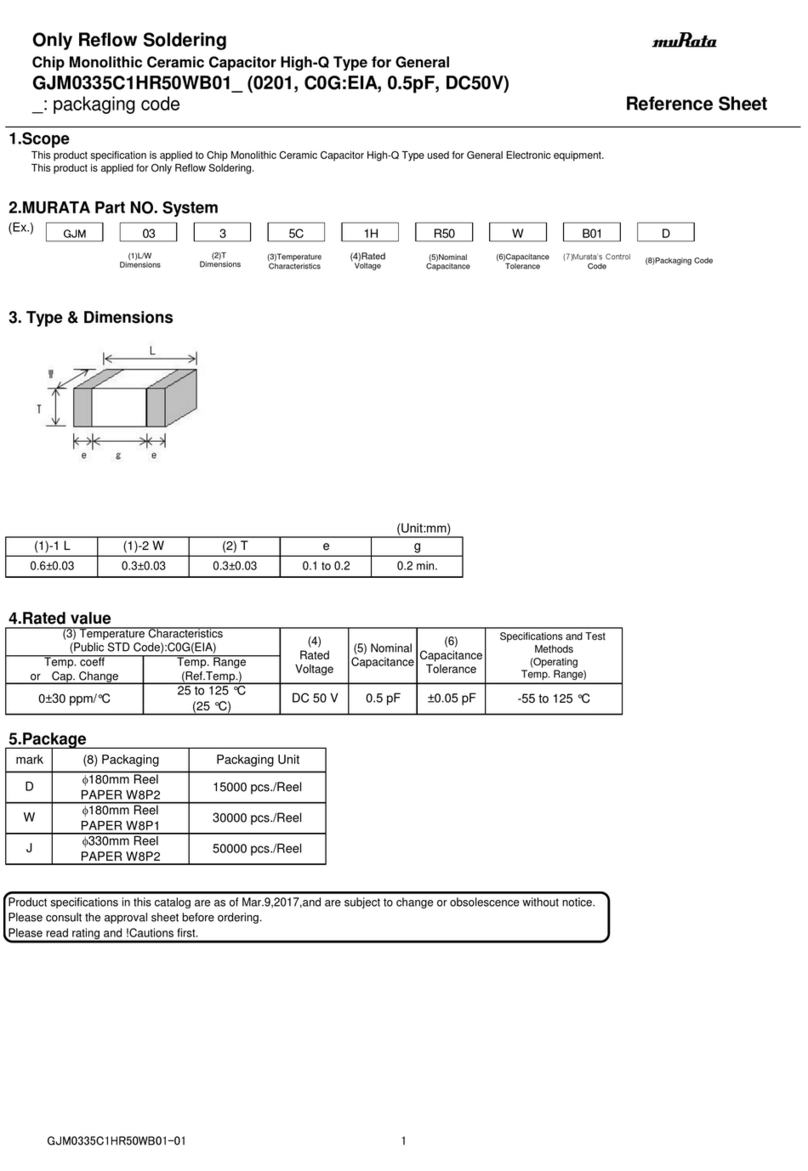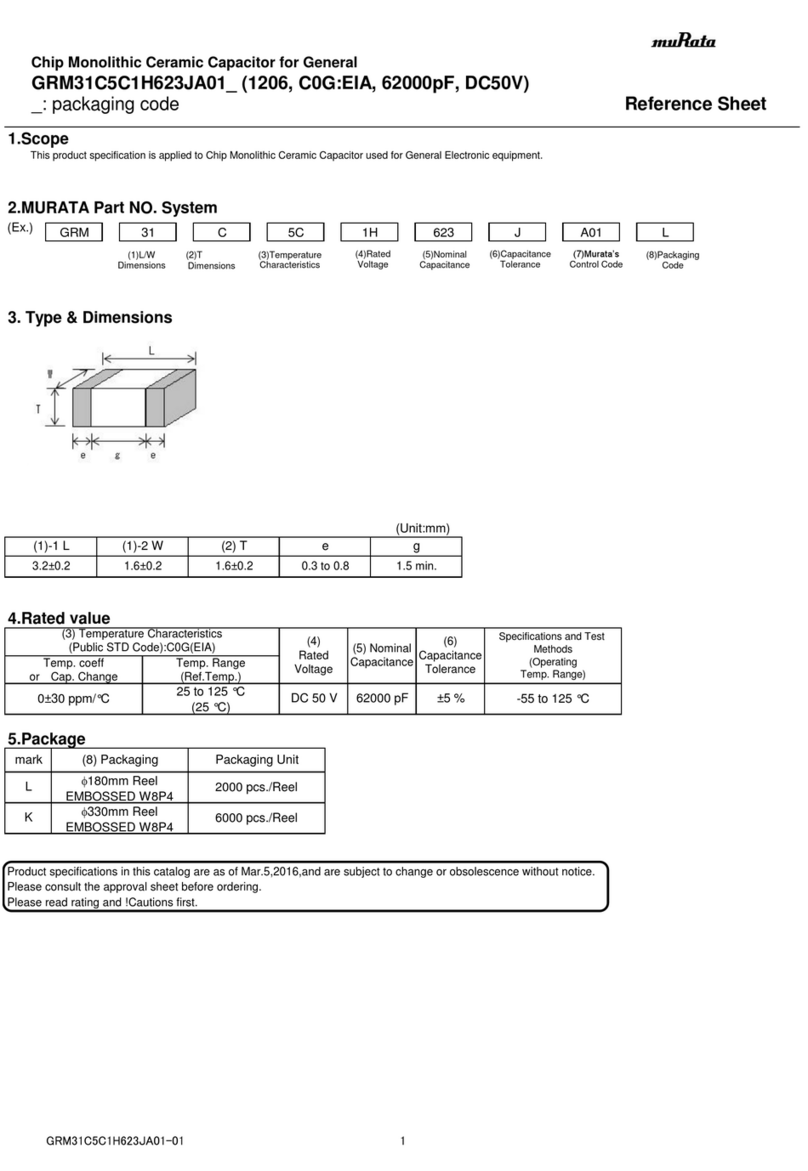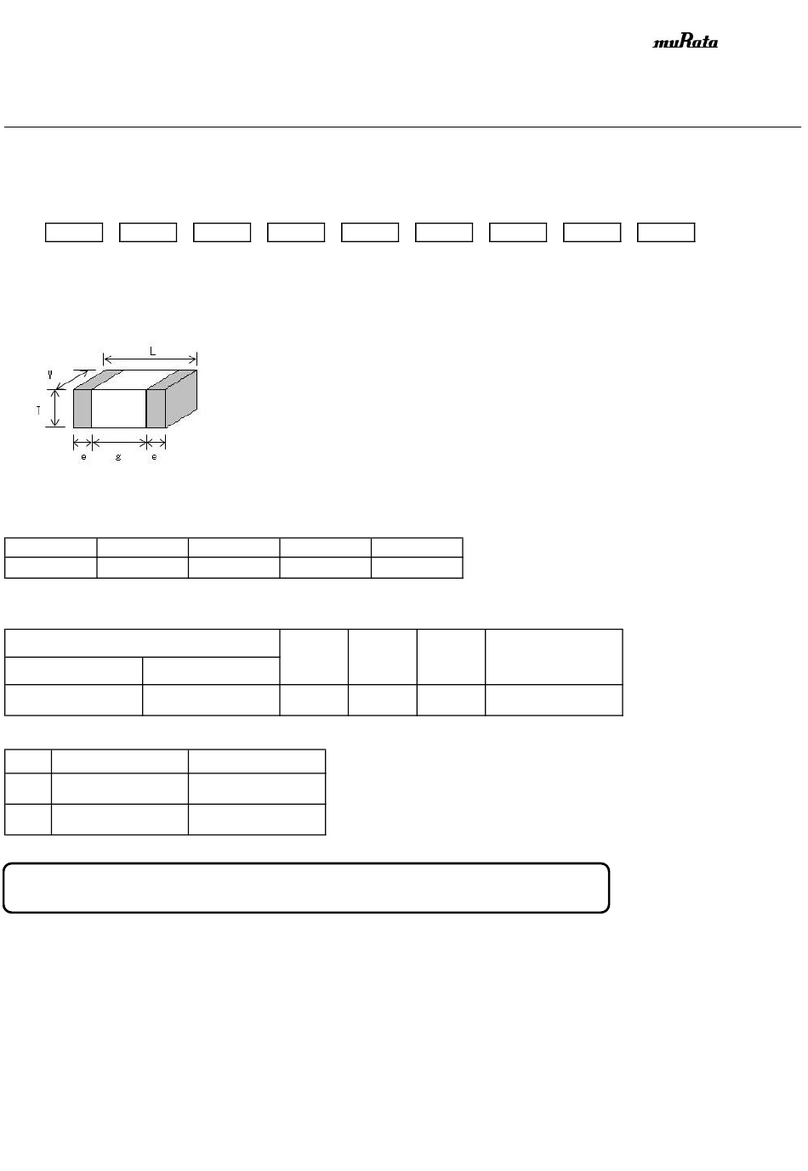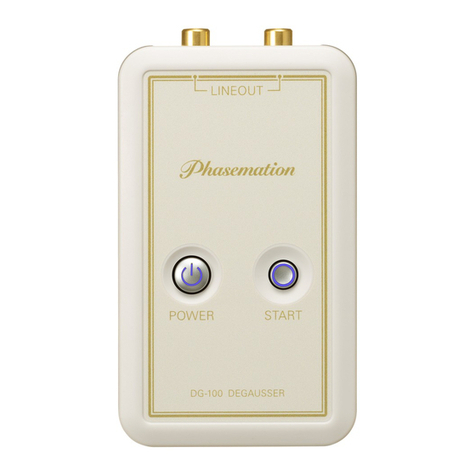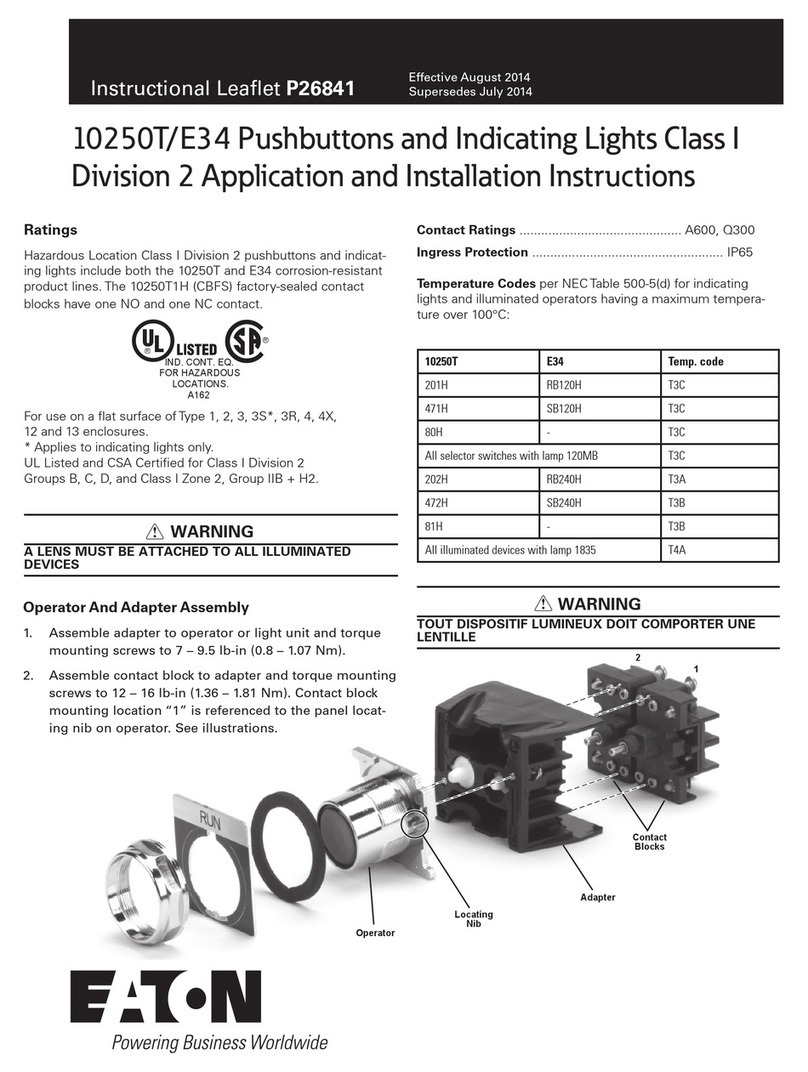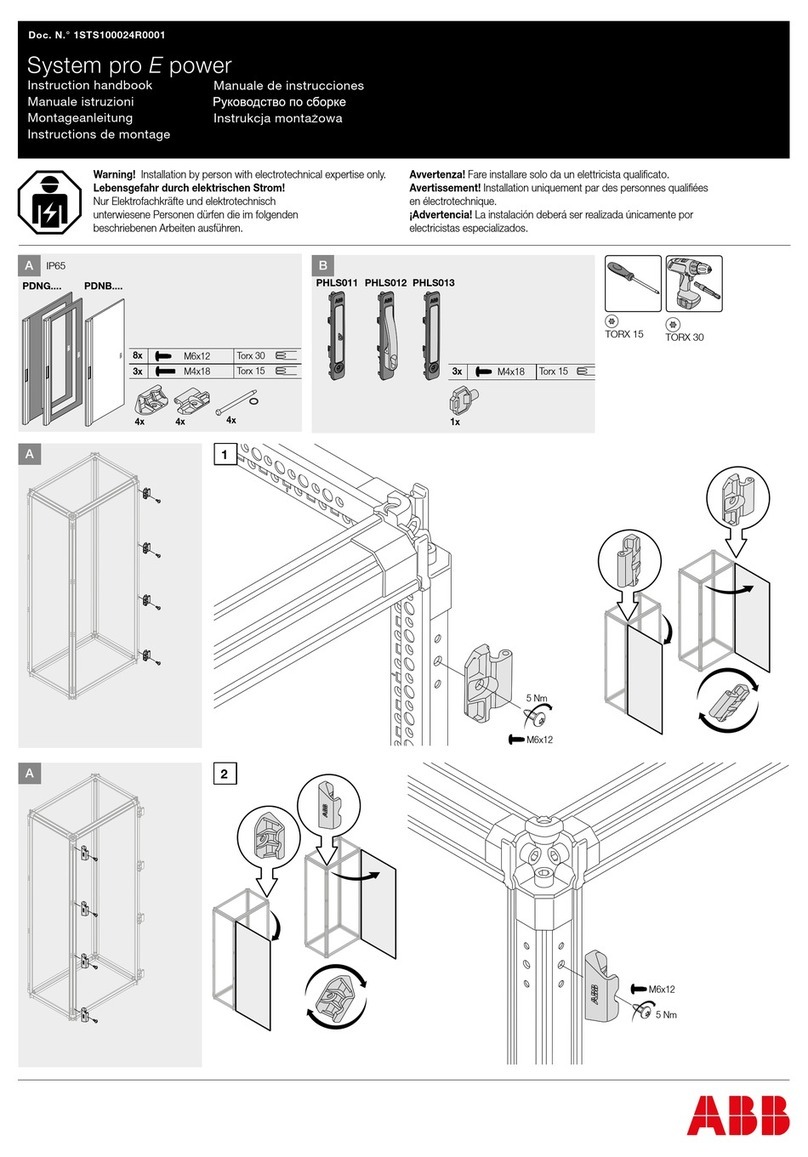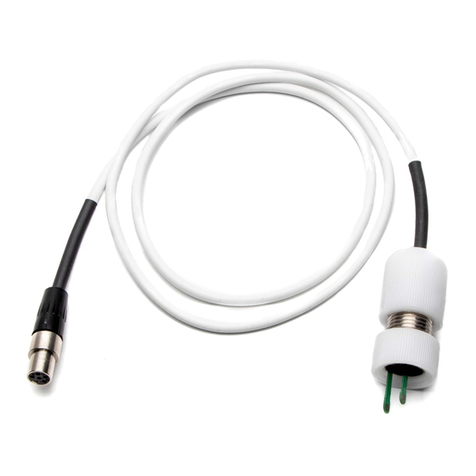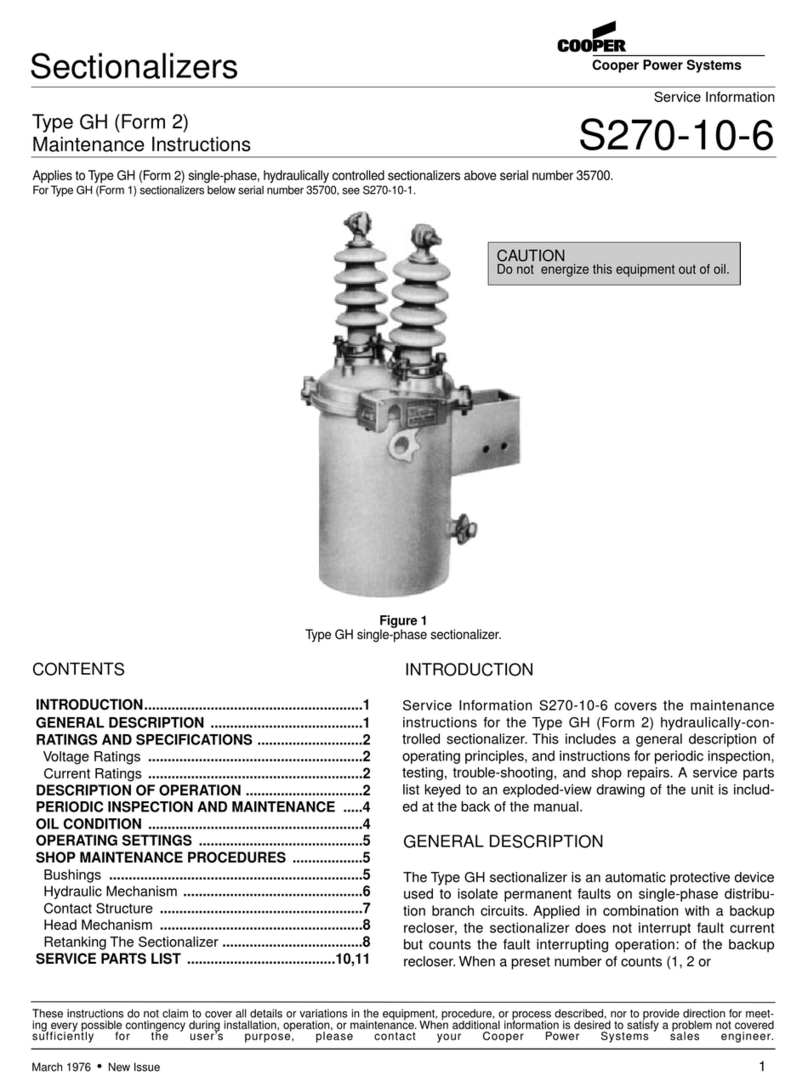Murata GRM0335C1HR60WD01 Series User manual
Other Murata Industrial Electrical manuals
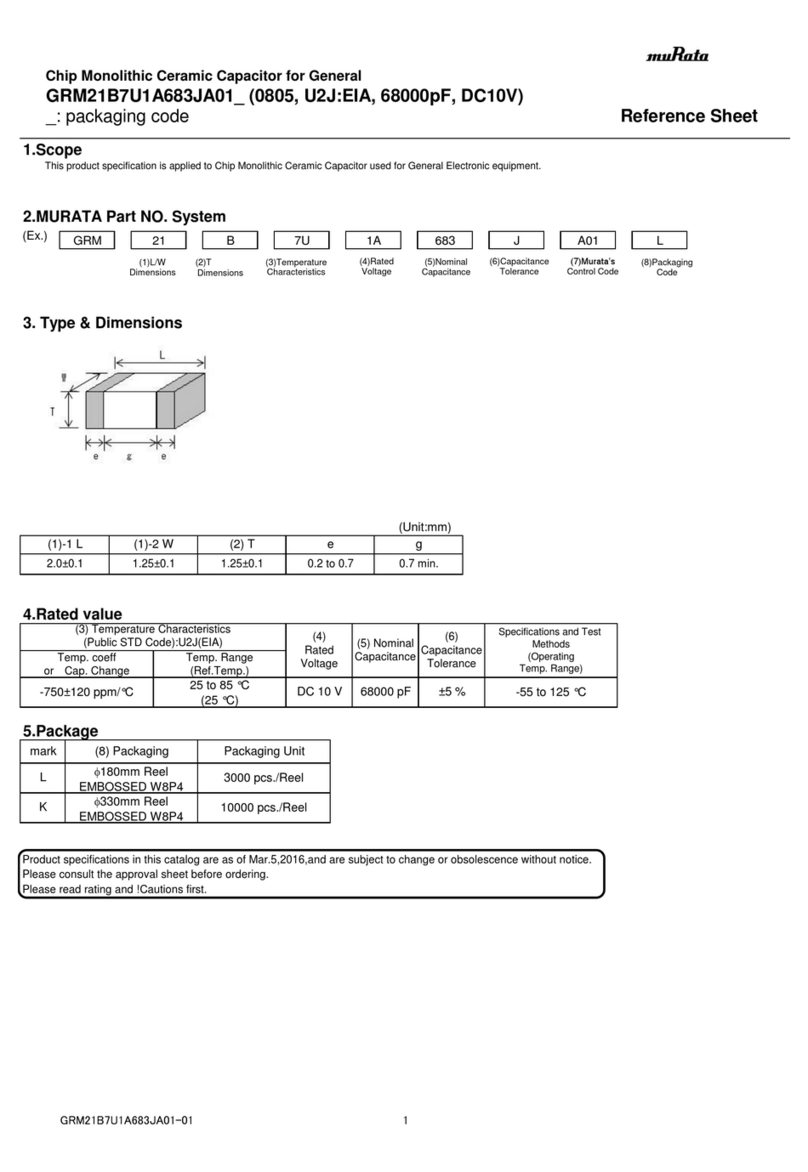
Murata
Murata GRM21B7U1A683JA01 Series User manual
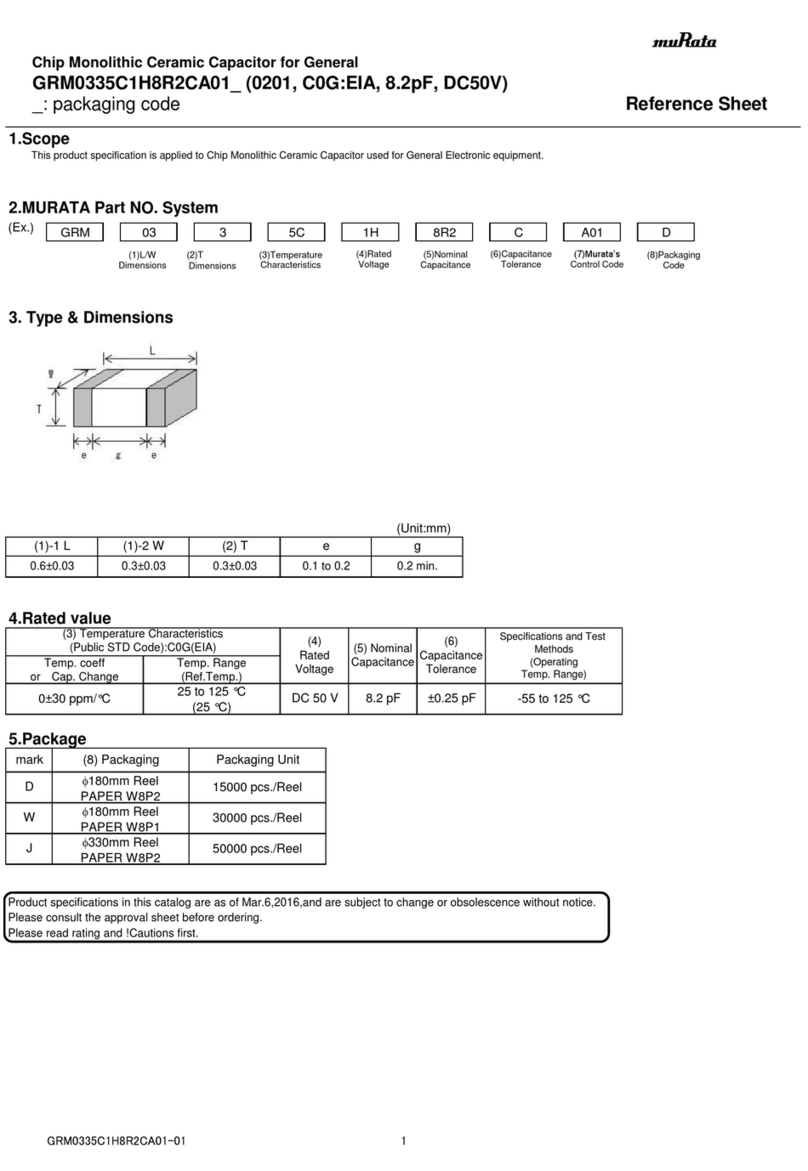
Murata
Murata GRM0335C1H8R2CA01 Series User manual
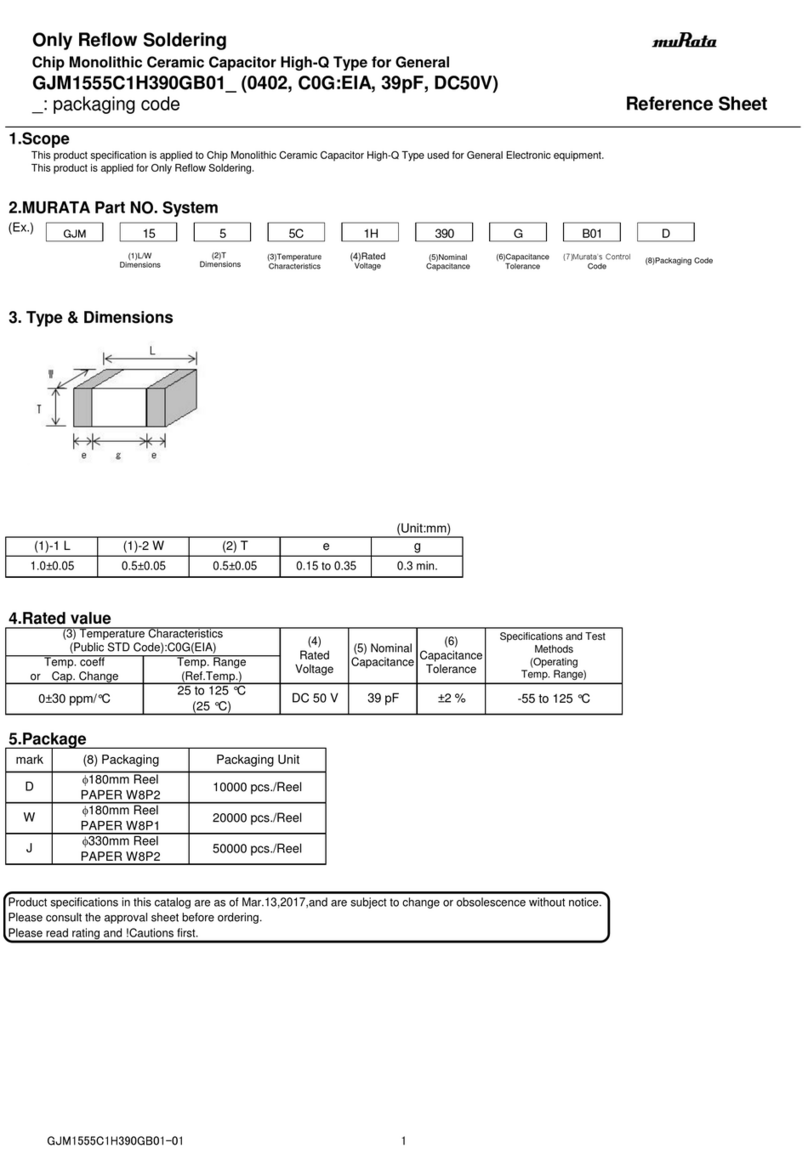
Murata
Murata GJM1555C1H390GB01 Series User manual
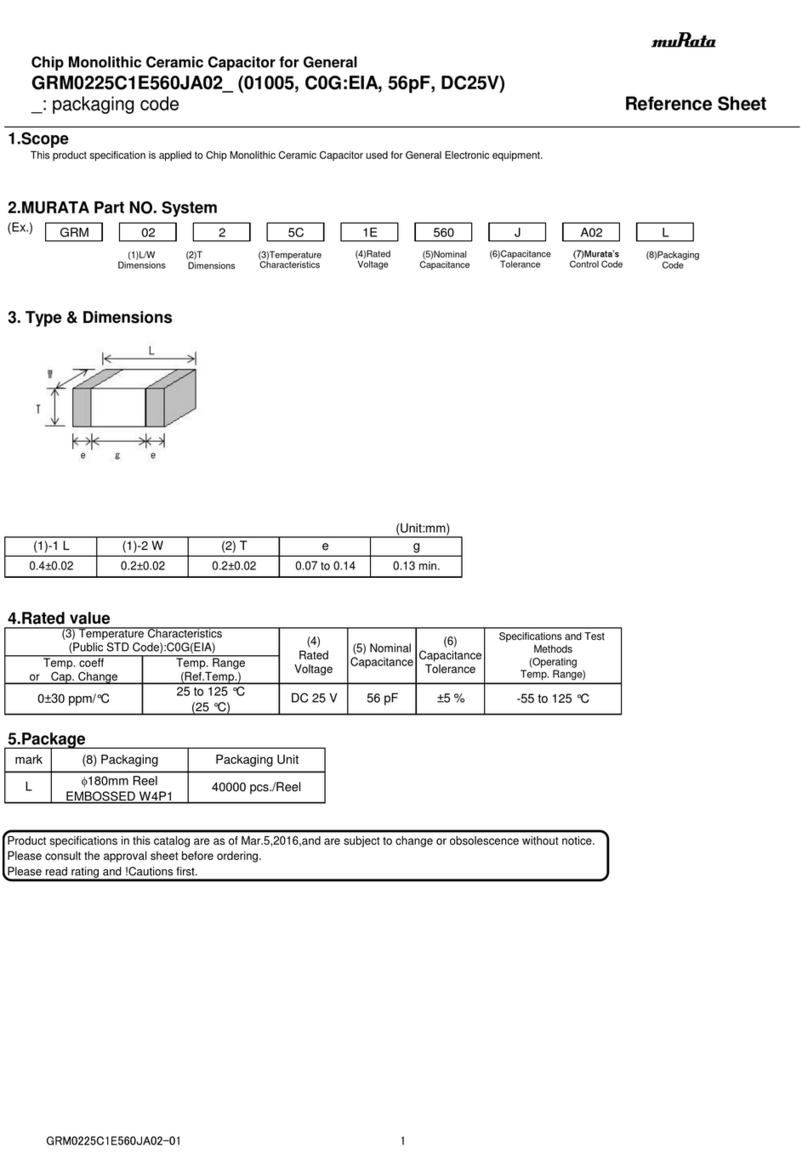
Murata
Murata GRM0225C1E560JA02 Series User manual
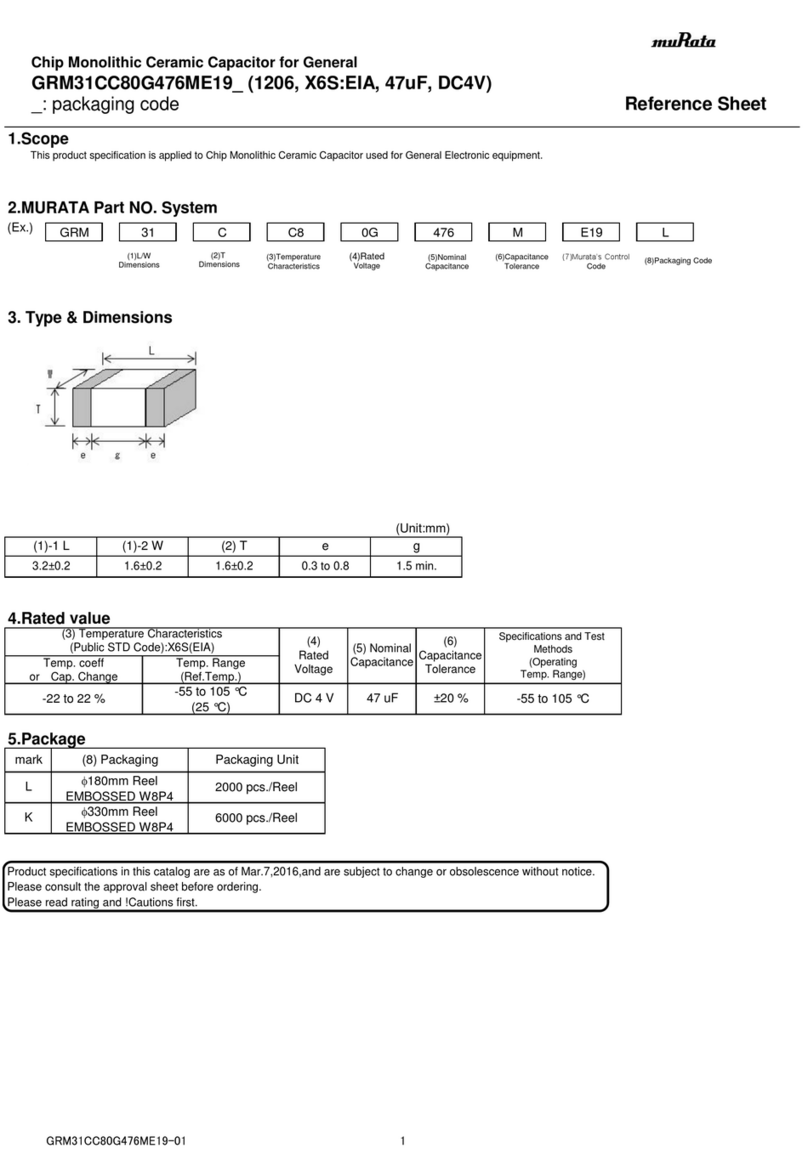
Murata
Murata GRM31CC80G476ME19 Series User manual
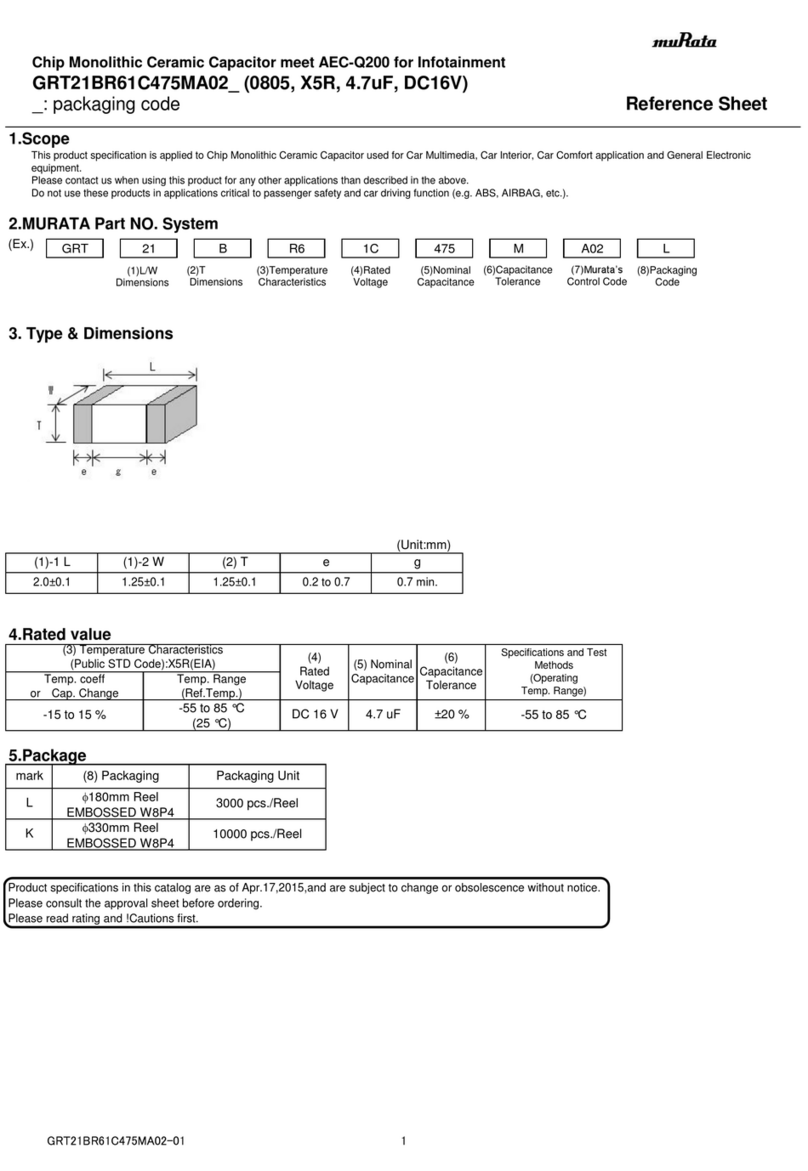
Murata
Murata GRT21BR61C475MA02 Series User manual
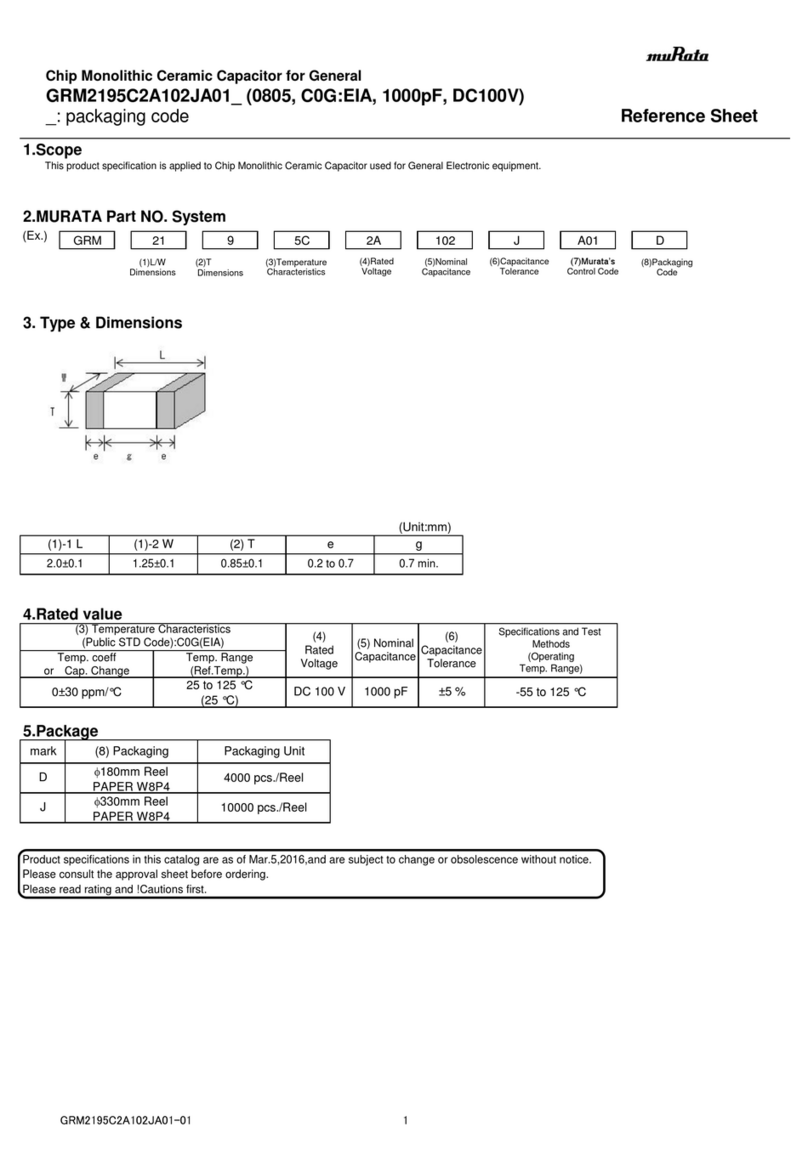
Murata
Murata GRM2195C2A102JA01 Series User manual

Murata
Murata GRM155R71C102KA01 Series User manual

Murata
Murata GRM31MR72A473KA01 Series User manual
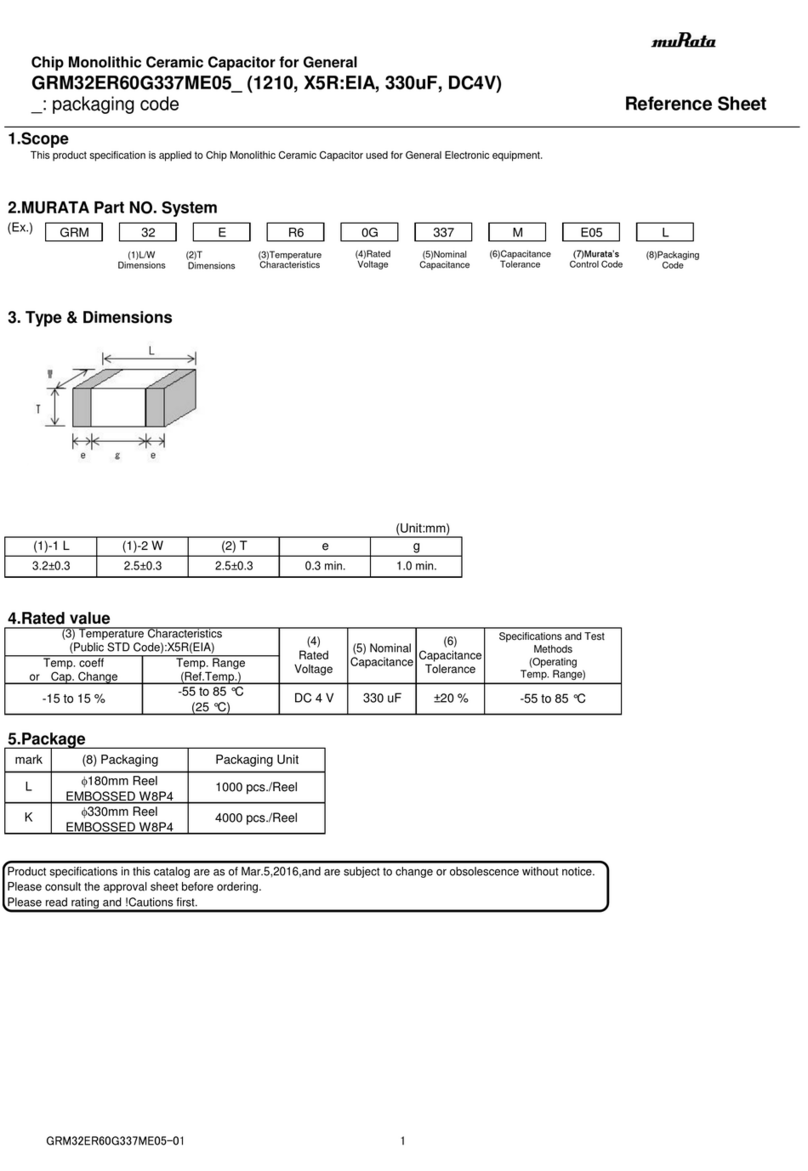
Murata
Murata GRM32ER60G337ME05 Series User manual
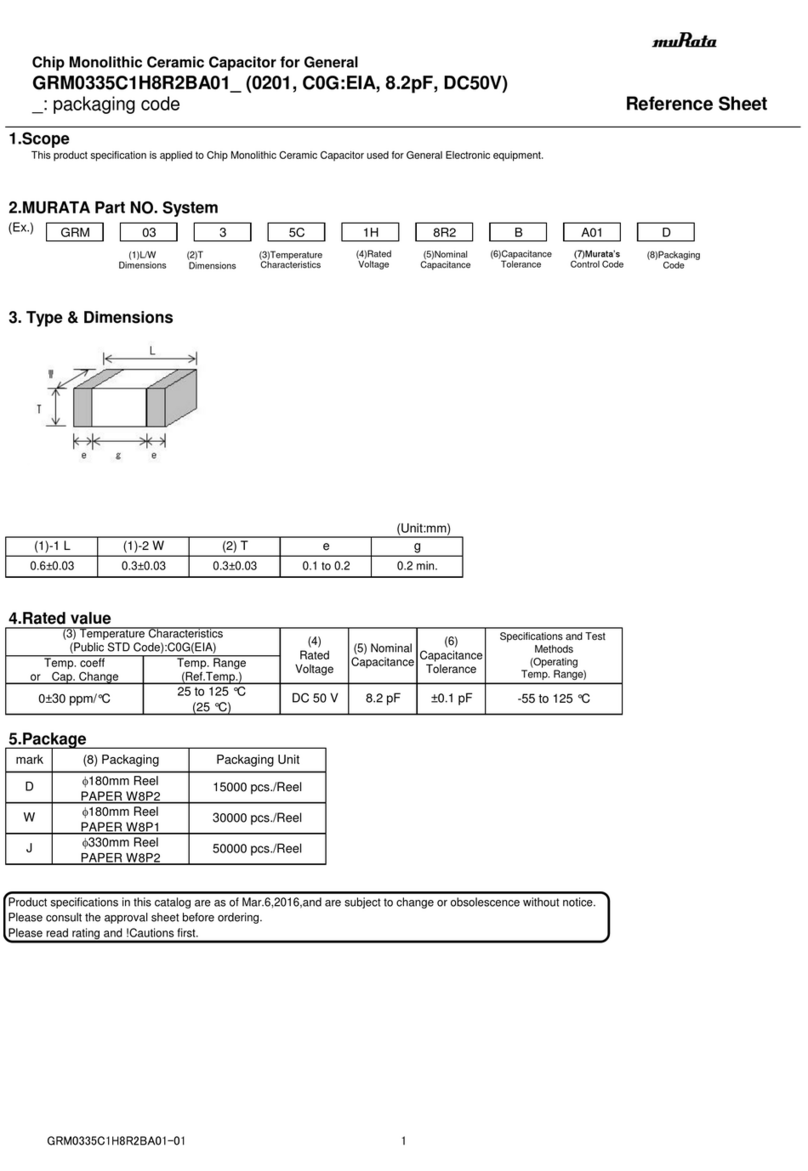
Murata
Murata GRM0335C1H8R2BA01 Series User manual

Murata
Murata GRM0335C1H6R7CA01 Series User manual
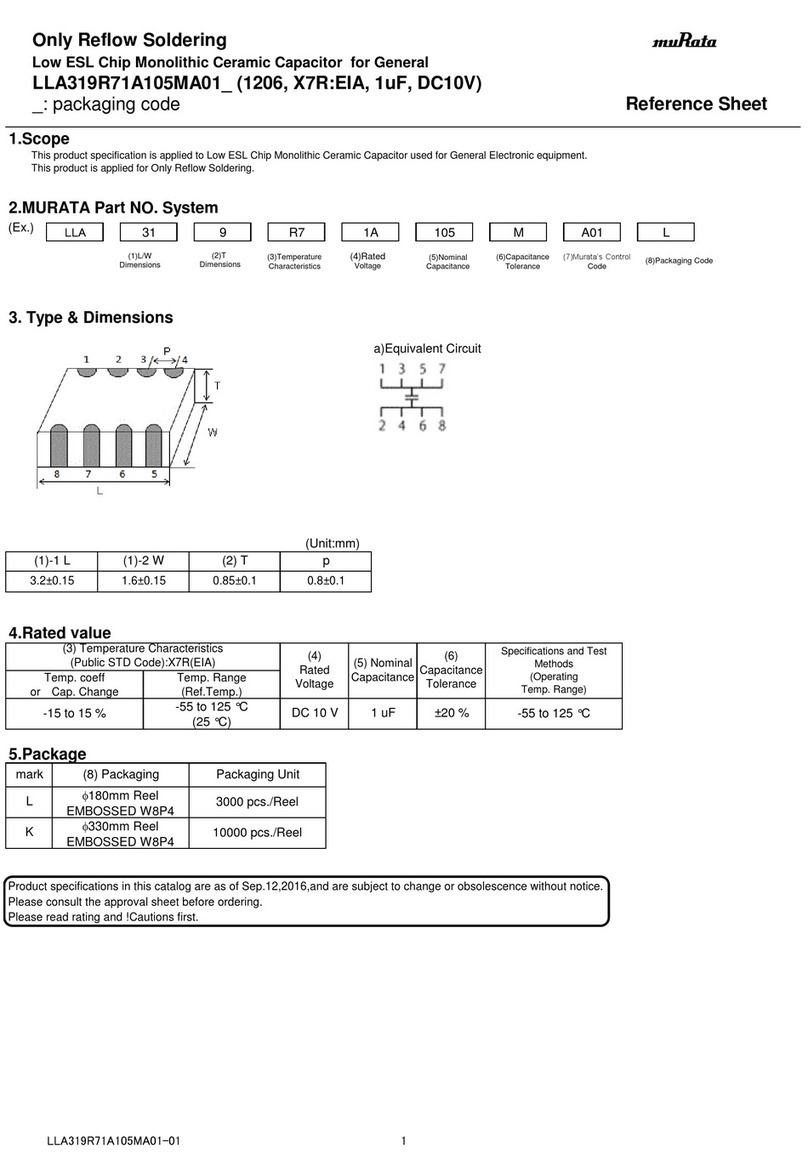
Murata
Murata LLA319R71A105MA01 Series User manual
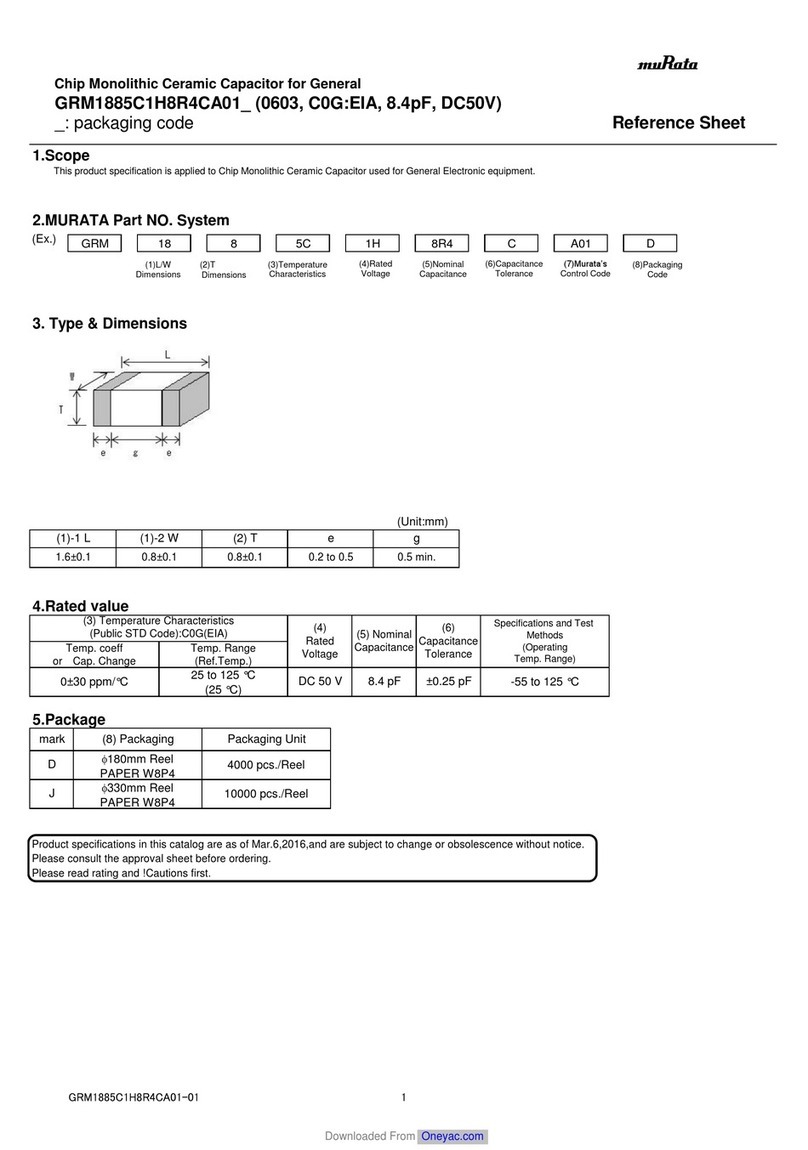
Murata
Murata GRM1885C1H8R4CA01 Series User manual
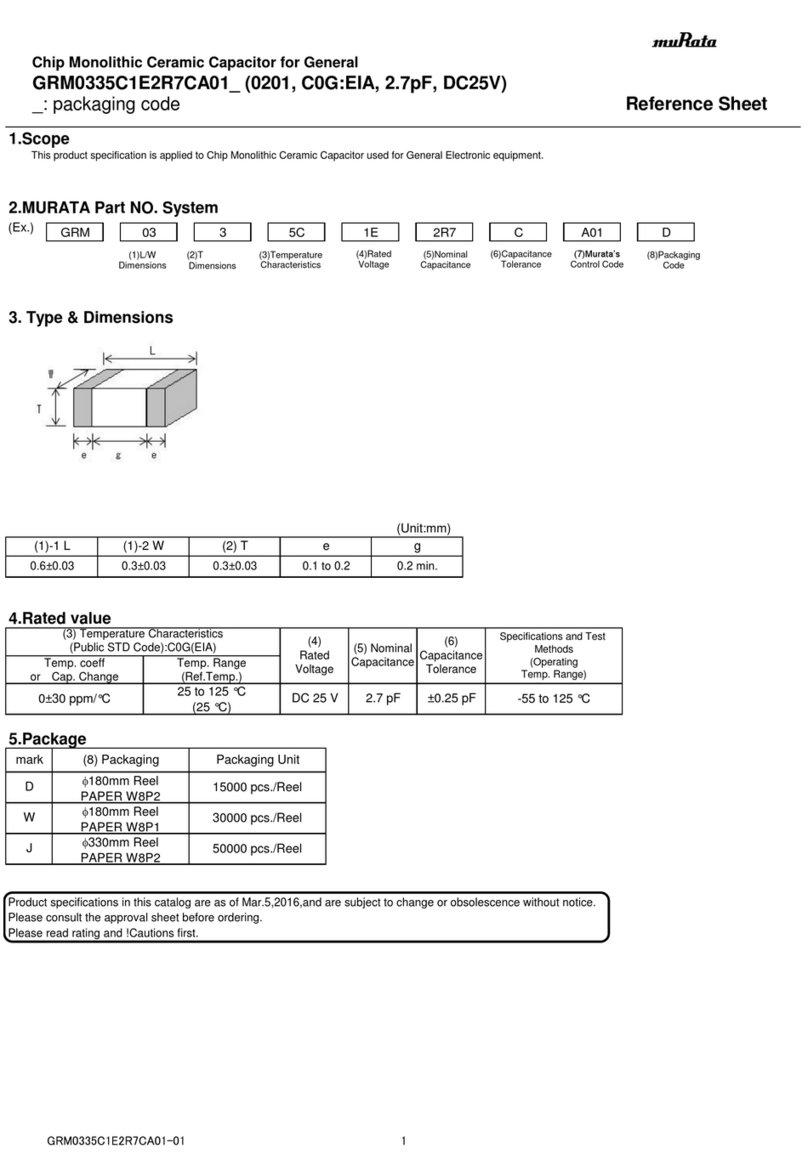
Murata
Murata GRM0335C1E2R7CA01 Series User manual
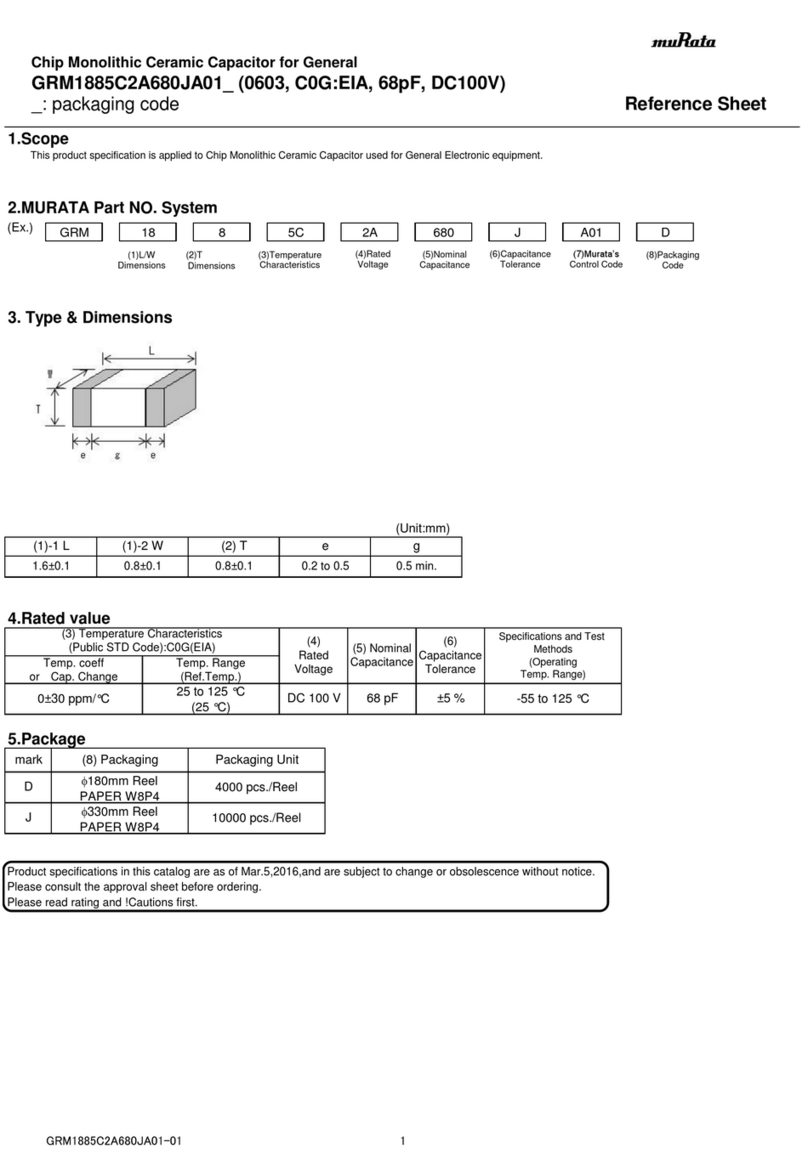
Murata
Murata GRM1885C2A680JA01 Series User manual
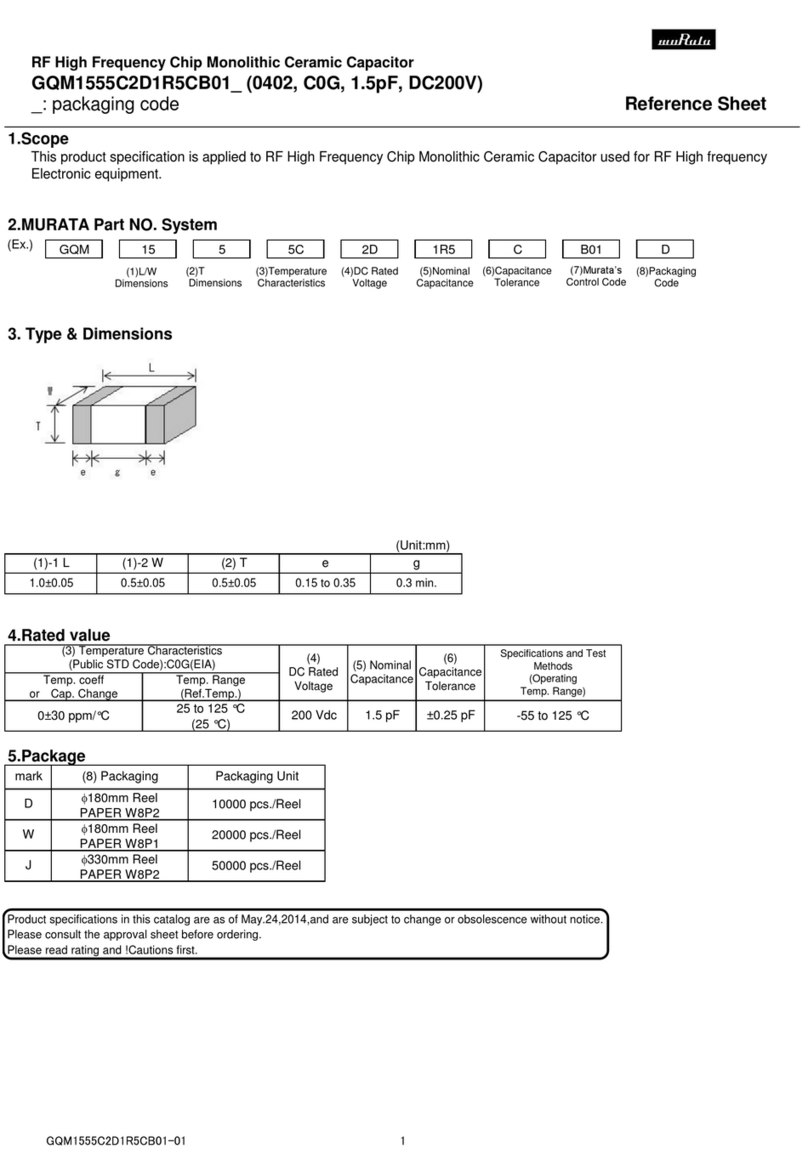
Murata
Murata GQM1555C2D1R5CB01 Series User manual
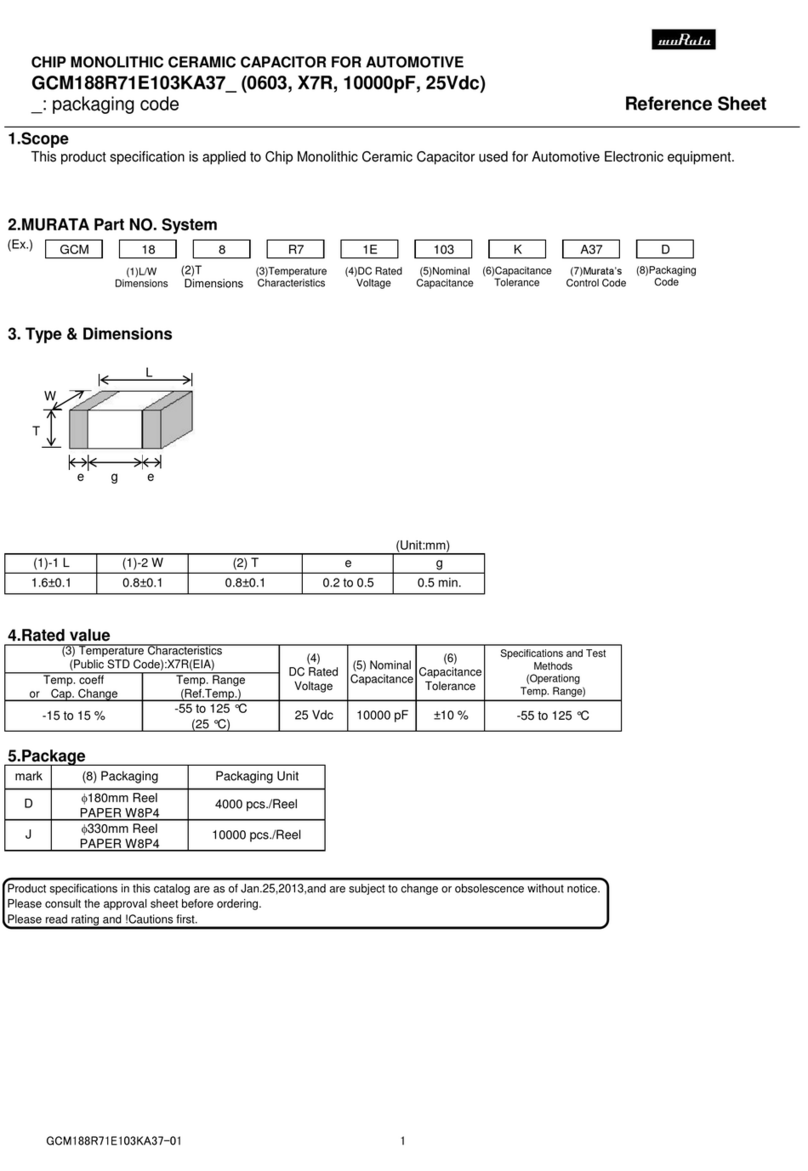
Murata
Murata GCM188R71E103KA37 Series User manual
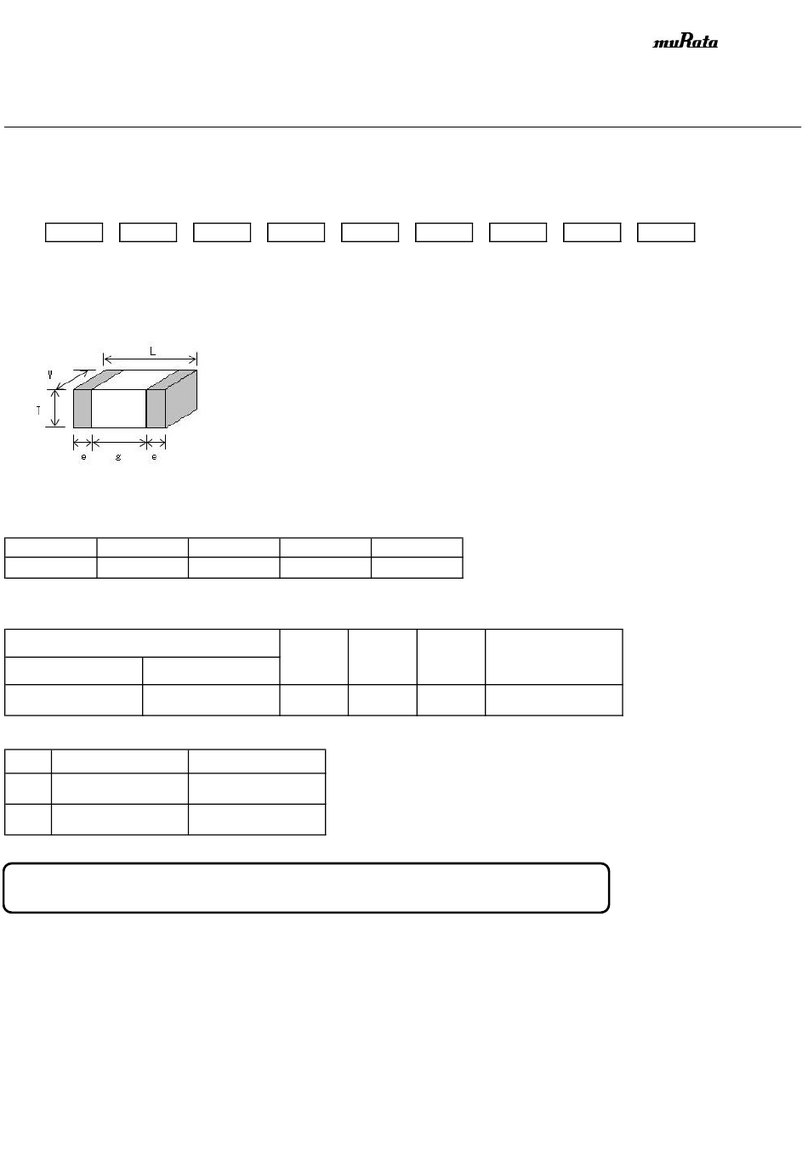
Murata
Murata GRM185R61C105KE44 Series User manual

Murata
Murata GRM1555C1H3R2WA01 Series User manual
Popular Industrial Electrical manuals by other brands
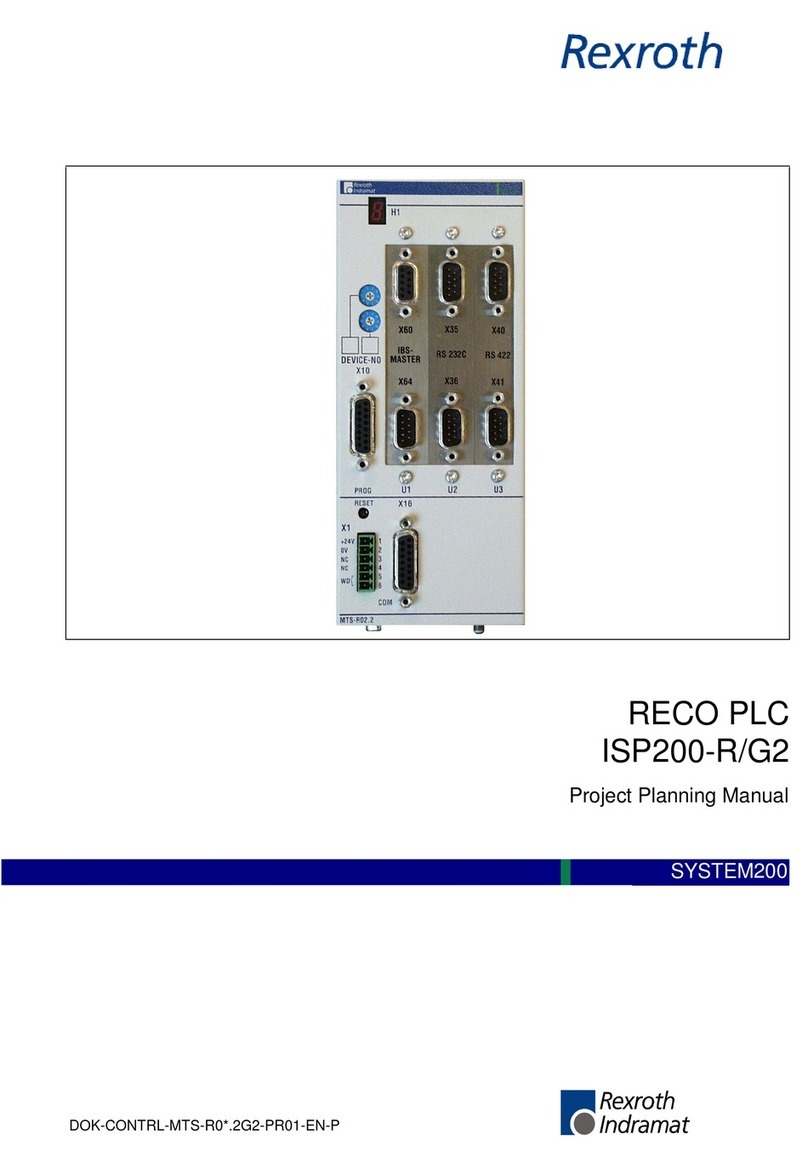
Rexroth Indramat
Rexroth Indramat DURADRIVE SYSTEM200 Project planning manual

Abtech
Abtech HVJB Series Installation, operation & maintenance instructions

SAF-HOLLAND
SAF-HOLLAND CBX 5415.5 Installation and operation manual

Eaton
Eaton Ulusoy HMH24-04 user manual

Newlong
Newlong NP-7H NSTRUCTION MANUAL/PARTS LIST

Stahl
Stahl 8575/12 operating instructions

SI
SI Pegasus installation instructions

Cooper Power Systems
Cooper Power Systems VXE15 Installation and operation instructions

S&C
S&C Vista SD manual

Siemens
Siemens 3VA9988-0BM10 operating instructions
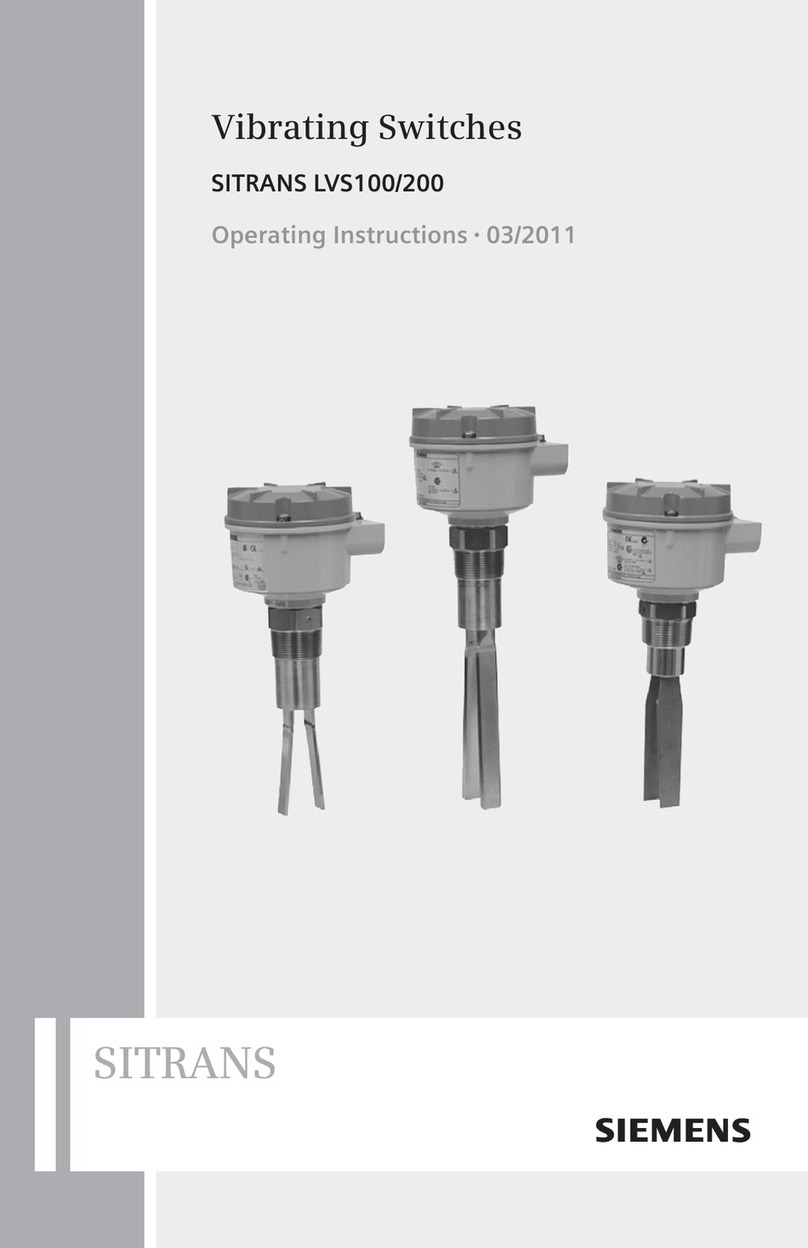
Siemens
Siemens SITRANS LVS100 operating instructions
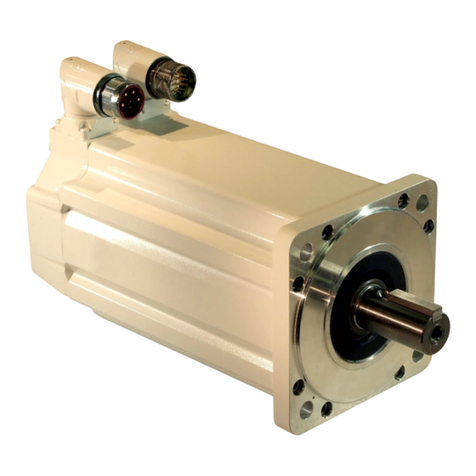
Rockwell Automation
Rockwell Automation Allen-Bradley MP-Series installation instructions
